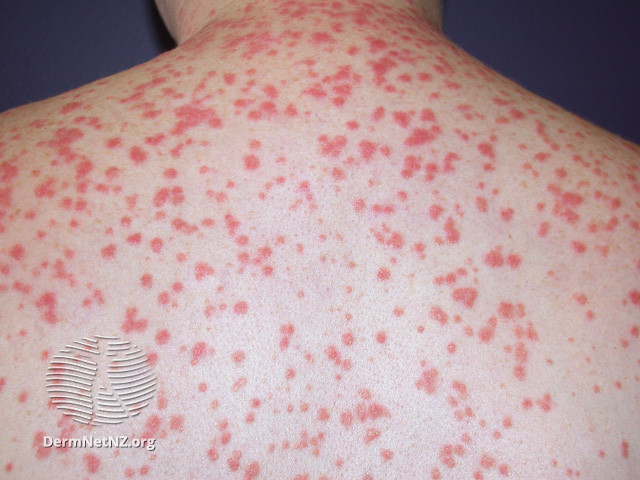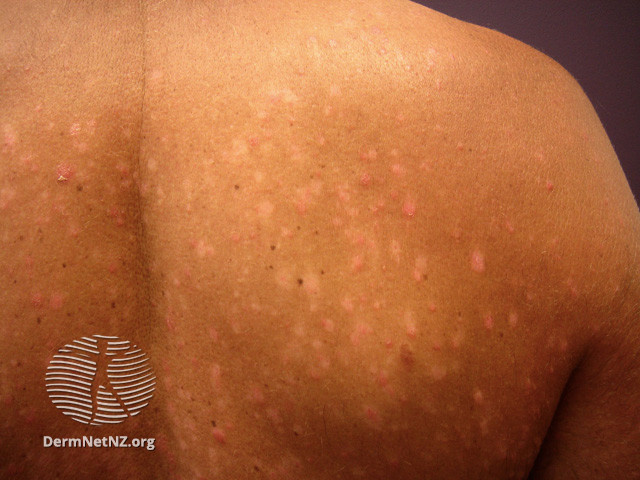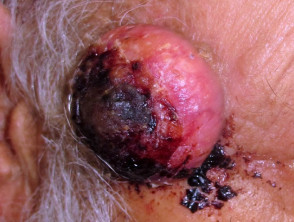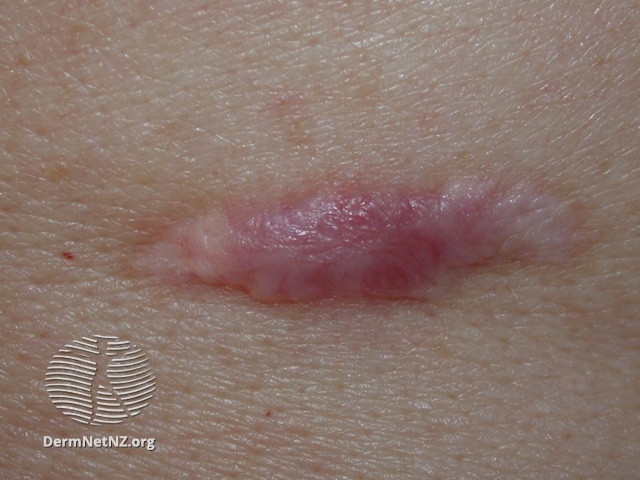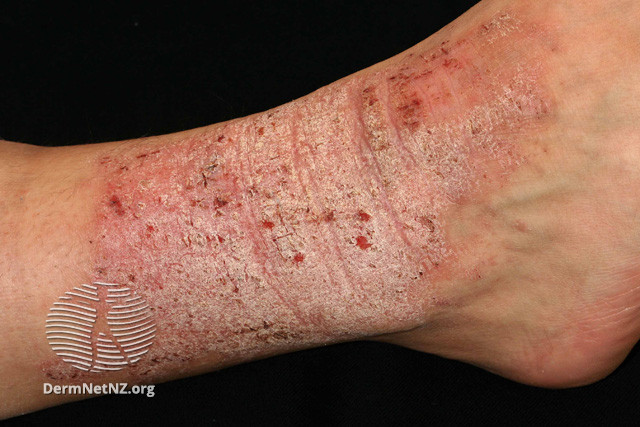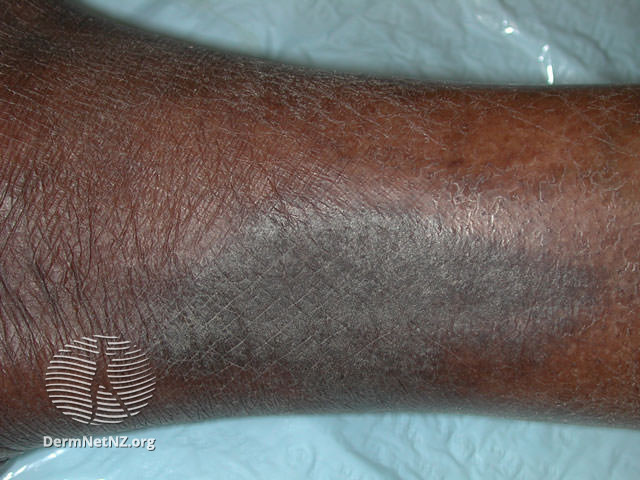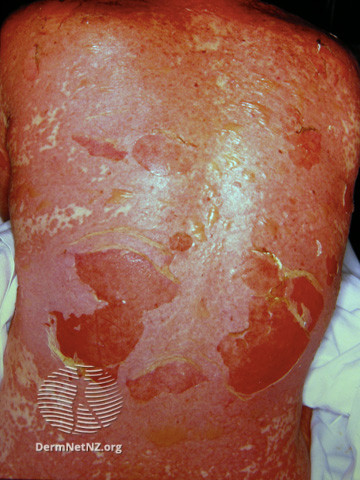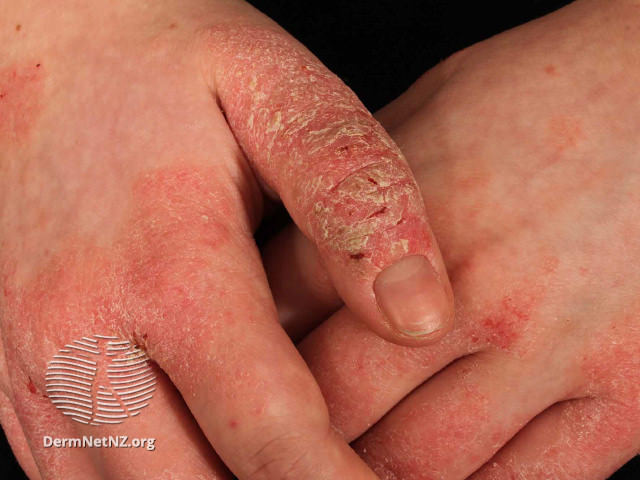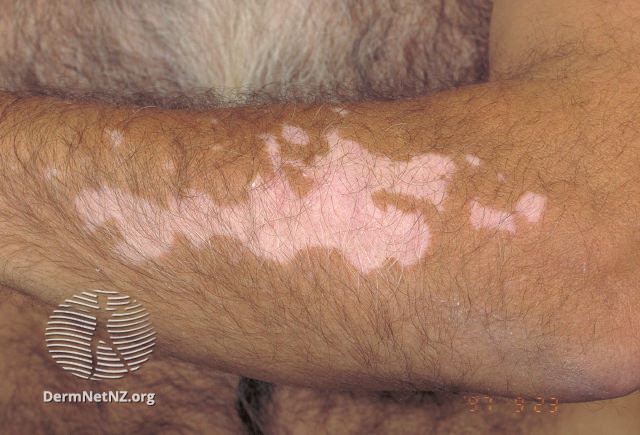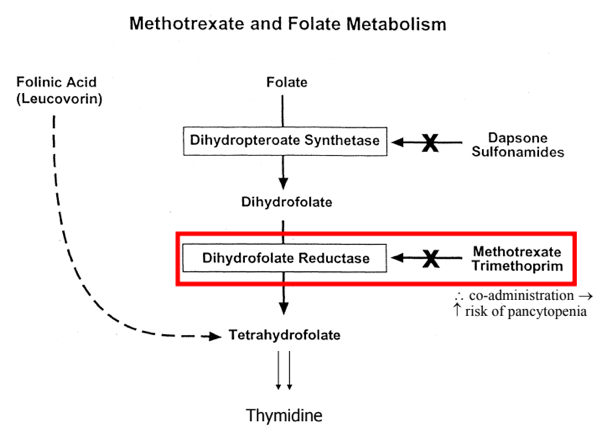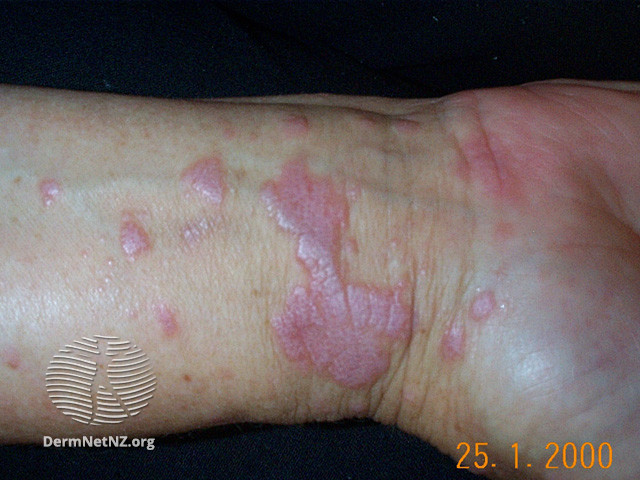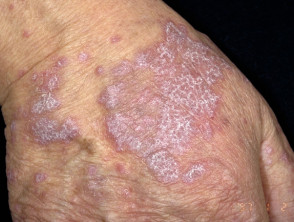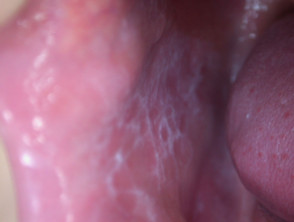As promised, here's the second installment of my #Derm101 series on the #dermatology physical exam and #morphology. A #tweetorial on:
THE SECONDARY LESION!
#MedEd #FOAMEd #dermtwitter #medtwitter #medstudenttwitter pc:@dermnetnz
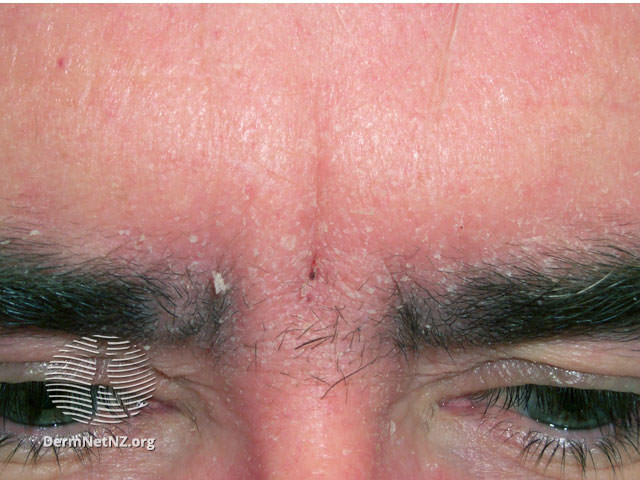
First off, if you haven't gone through the primary lesion #tweetorial yet, it's a good idea to start there. Here's the link:
As review, these are the different primary lesions👇
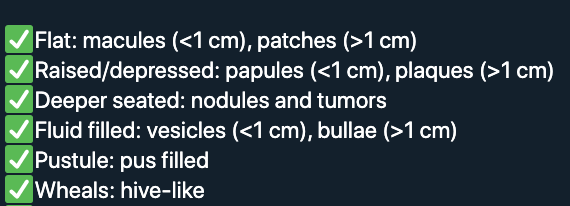
Secondary lesions are the changes that affect the primary lesion.
Say what? If a papule is scaly, the SCALE is the secondary lesion. If a plaque is crusty, the CRUST is the secondary lesion.
A question: What was the secondary lesion seen in the pic from the 1st tweet?
That 1st pic is seborrheic dermatitis, & we're seeing greasy SCALE, which is the secondary lesion.
To a #dermatologist, SCALE means there is something going on in the epidermis. This means I'd see epidermal action on biopsy. Check out the #dermpath example of lichen planus👇

Another tip is that in general, if you see scale, you can pretty much call it a plaque or a papule since there is probably some change in elevation, even if it's super subtle.
The caveat is if it's just overlying xerosis on macular (flat) changes.
While we're talking about scale, I wanted to highlight that #dermatologists can tell a lot based on what the scale looks like.
Greasy 👉 seborrheic dermatitis
Gritty 👉 actinic keratosis
Branny 👉 pityriasiform
I made a whole #tweetorial on this 👇
Remember in the primary lesion #tweetorial how I said that any change in elevation is also a papule or plaque? Well that atrophy or depression is secondary change. Pictured are the ATROPHIC plaques of discoid lupus erythematosus. (The conchal bowl is the classic location).
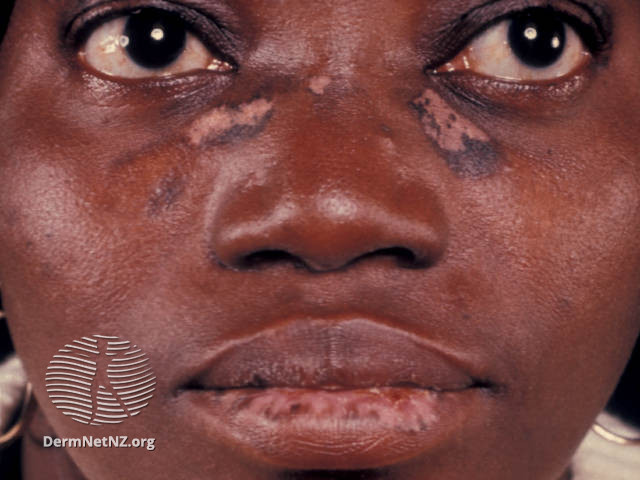
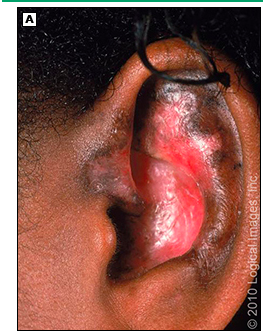
Speaking of scratching - often people tell me they see "excoriations." While that's probably true, the purist in me would say "excoriation" shouldn't be used because it implies scratching, which you can't prove without a history.
How else could you describe an excoriation?
RECAP
✅ Secondary lesions = change to the primary lesion
✅ Scale = epidermis involved
✅ Crust = dried up something
✅ Atrophy can be used for papules/plaques
✅ Lichenification - from frequent rubbing
✅ Erosion - into epidermis/upper dermis
✅ Ulcer - into deep dermis
Thanks for joining for installment #2 for the #Derm101 series!
As with the primary lesion #tweetorial, I previously made a video on this topic. If you're interested in that version of this, check it out:

